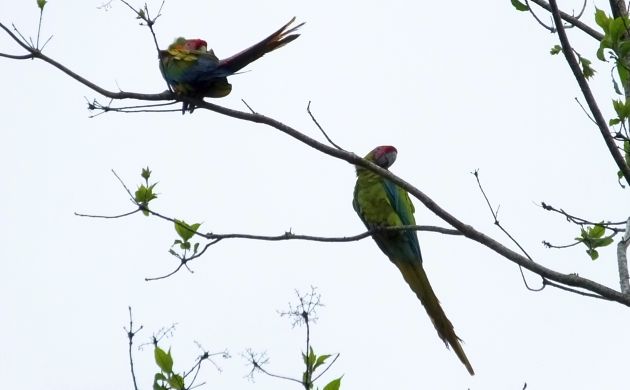
One of the many things about birding that keeps us heading back into “the field” is the opportunity for the unexpected. No matter how much we think we know, there is always more to learn at the local patch, and tomorrow could always be that special day when some globe-trotting bird appears in your field of view. The chance for the unexpected is expected in places where complex ecosystems stew up a storm of biodiversity and innumerable interactions. That’s what it’s like in some of the rainforests in Costa Rica. Go birding day after day and new things just keep popping up. That’s partly why I can never get enough of those forests, but it also makes the birding consistently unreliable.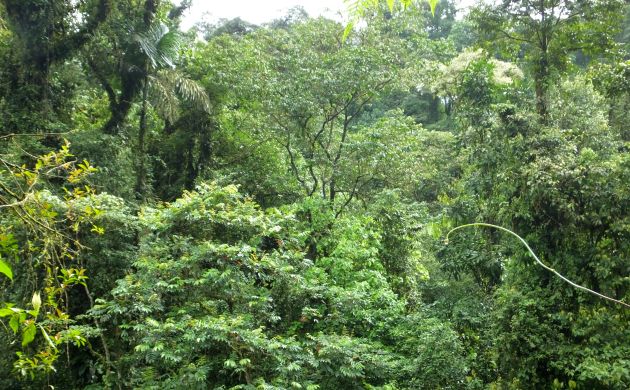
Welcome to the jungle..
Earlier this week, I had the opportunity to guide a couple of clients in such forests. As is typical, we had some expected species, didn’t have some birds that were constantly calling on my previous visits, and then there were the “oddities”. These are the birds that make you look twice. They make you question your eyesight. These really are the avian things that make you go hmm:
- The Headless Manakin: No, it wasn’t some poor little manakin that got selected by a Tiny Hawk. In the binos, we saw a head, body, and subsequent features that identified it as a female White-crowned Manakin. BUT, when I looked at my picture of it, the bird was nothing less than a headless manakin!

When a headless manakin makes an appearance, it might be a good idea to exit the deep, dark rainforest.
- The Short-tailed Motmot: Who says motmots need long tails? The Blue-throated Motmot and the Tody Motmot have short tails and so did a Broad-billed Motmot that we ran into. It looked particularly fluffy as it showed off its much shorter than normal tail.

The rare and weird, Short-tailed (molting), Broad-billed Motmot.
- A staring contest with a Prong-billed Barbet: Hang out at Cinchona long enough and this might happen. As with some cool activities, potentially disconcerting.

Loooook into my red…eyes…
- The extra pale Brown Violetear: The Brown Violetear goes against the usual hummingbird grain by merit of its mostly brown plumage. This one looked normal through binoculars. I took a picture and it turned into a glaring pale creature. Hummingbird ghost caught on “film”? A case of extreme overexposure? Bird the Cinchona Colibri Cafe and see for yourself!

A Brown Violetear looks freaky at Cinchona.
- Great Green Macaw and Scarlet Macaw pair: The guys I was guiding asked about the possibility of macaws. I said, “Yes, Great Green is possible but since they move around quite a bit and have a small population, we would have to be lucky. Nevertheless, keep watching, maybe we will see a pair fly overhead”. Although we didn’t see any macaws in flight, much to my amazement, we saw the following pair of birds perched near the road.

A Scarlet Macaw hangs out with a Great Green Macaw near San Miguel, Costa Rica.
The odd macaw pair were a first for me, and the truest avian oddity highlight from two days of birding. The other 160 species were pretty cool too.

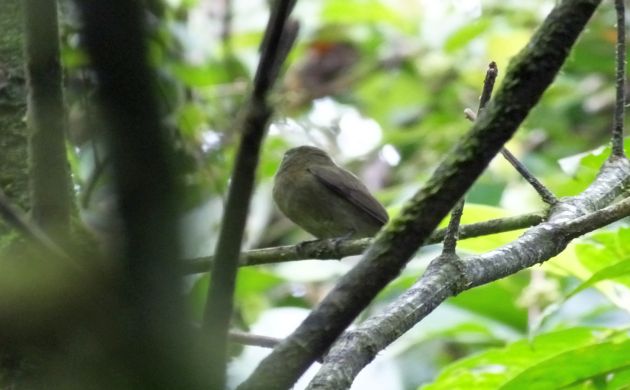
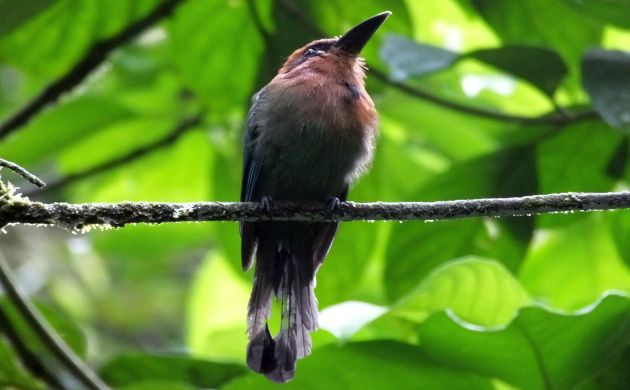
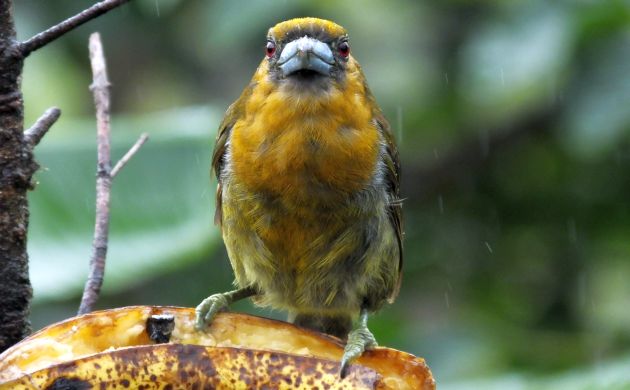
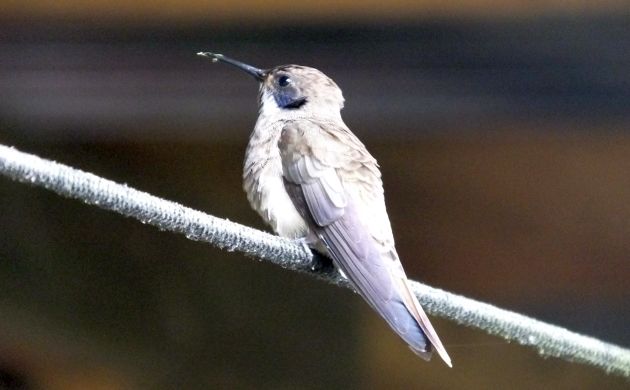











An interesting post that brings back good memories.
Costa Rica defies the saying “there are a lot of birds but there are not a lot of them” that a guide once expressed in Ecuador. In Costa Rica, there are a lot of them. I don’t see anything on this site for the Alexander Skutch farm which we found to be a great bird hotspot and insipiring to boot, what with Skutch himself buried on the site. If visiting there (it is about 15 kms outside of the crossroads town of San Isidro de General) look for Andres Chinchilla who works there and is very dedicated to the birds and the memory of Dr Skutch.
@Brian- I hear you on the Skutch farm. Great spot for Turquoise Cotinga and several other rainforest species. I do hope to write a post about it in the future.